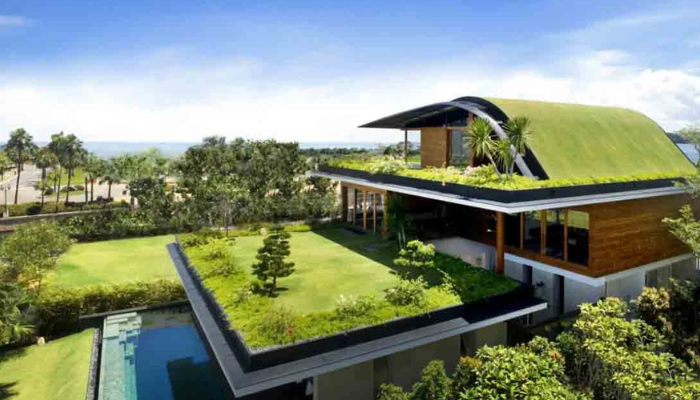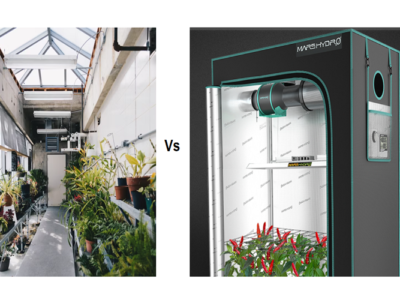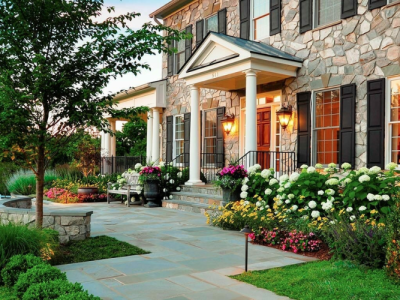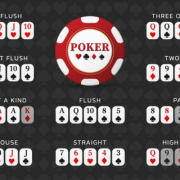Creating a sustainable and eco-friendly home is not only important for the environment but also for your own health and well-being. With a few simple changes, you can make your home more sustainable and eco-friendly while still being comfortable and stylish. In this article, we’ll discuss the principles behind sustainable and eco-friendly homes, as well as the steps you can take to make your home more sustainable and eco-friendly.
Understand the Principles Behind Sustainable and Eco-Friendly Homes
The primary goal of creating a sustainable and eco-friendly home is to reduce your environmental impact while still providing a comfortable and enjoyable living space. This means that you should be mindful of the resources you use and the way you use them.
When creating a sustainable and eco-friendly home, it’s important to understand the principles behind creating such a space. This includes choosing materials that are environmentally friendly, such as bamboo or cork flooring, as well as utilizing energy-efficient appliances and systems. It also means reducing the amount of waste you produce and using renewable resources whenever possible.
Reduce Your Environmental Impact
The first step to creating a sustainable and eco-friendly home is to reduce your environmental impact. This means reducing your energy consumption by utilizing energy-efficient appliances and systems, such as LED lighting and Energy Star appliances. It also means reducing your water consumption by investing in water-saving fixtures, such as low-flow toilets and shower heads.
In addition to reducing your energy and water consumption, you should also reduce the amount of waste you produce. This means recycling and composting as much waste as possible, as well as using reusable containers and bags instead of single-use plastics.
Invest in Energy Efficient Appliances and Systems
Investing in energy-efficient appliances and systems is one of the most effective ways to reduce your environmental impact and create a sustainable and eco-friendly home. Energy-efficient appliances and systems use less energy than traditional ones, which can save you money on your energy bills.
LED lighting is one of the most energy-efficient lighting options available, as it uses up to 75% less energy than traditional incandescent bulbs. Energy Star appliances are also great choices, as they use up to 50% less energy than traditional appliances.
Utilize Renewable Resources
Using renewable resources is an important part of creating a sustainable and eco-friendly home. Renewable resources are those that can be replenished over time, such as solar energy, wind energy, and geothermal energy.
Investing in renewable energy sources, such as solar panels, can help you reduce your energy consumption and carbon footprint. In addition, utilizing renewable resources can also save you money on your energy bills in the long run.
Improve Indoor Air Quality
Improving your indoor air quality is another important aspect of creating a sustainable and eco-friendly home. Indoor air can be polluted by dust, chemicals, and other pollutants, which can be detrimental to your health.
To improve your indoor air quality, you should use natural cleaning products, such as vinegar and baking soda, instead of harsh chemicals. You should also regularly vacuum, dust, and mop to reduce the amount of dust and other particles in the air.
Incorporate Environmentally Responsible Building Materials
When building or remodeling your home, it’s important to use materials that are environmentally responsible. This means using building materials that have been sustainably harvested, such as bamboo or cork flooring. It also means using low-VOC paints and carpets, as well as recycled and reclaimed materials.
Using environmentally responsible building materials not only reduces your environmental impact but also helps to create a healthy and comfortable living space.
Use Water Wisely
Using water wisely is another important step in creating a sustainable and eco-friendly home. This means using low-flow fixtures, such as toilets and shower heads, to reduce your water consumption. It also means investing in rain barrels to collect rainwater for use in your garden or for other purposes.
In addition, you should also be mindful of the amount of water you use for activities such as washing dishes and laundry. To reduce your water consumption, you should use only what you need and turn off the tap when you’re not using it.
Inspire Others to Follow Your Lead
Creating a sustainable and eco-friendly home is not only important for the environment but also for inspiring others to do the same. By taking the initiative to make your home more sustainable and eco-friendly, you’re setting an example for others to follow.
You can inspire others to create a sustainable and eco-friendly home by sharing your story and experiences on social media or by starting a blog. You can also share tips and resources with your friends, family, and neighbors to help them create a more sustainable and eco-friendly home.
Conclusion
Creating a sustainable and eco-friendly home is not only important for the environment but also for your own health and well-being. By understanding the principles behind creating such a space and taking steps to reduce. For those looking to see these principles in action, you can also explore available real estate for sale at exprealty.com/us/ga/ to witness how sustainability practices are integrated into modern homes.


















Comments